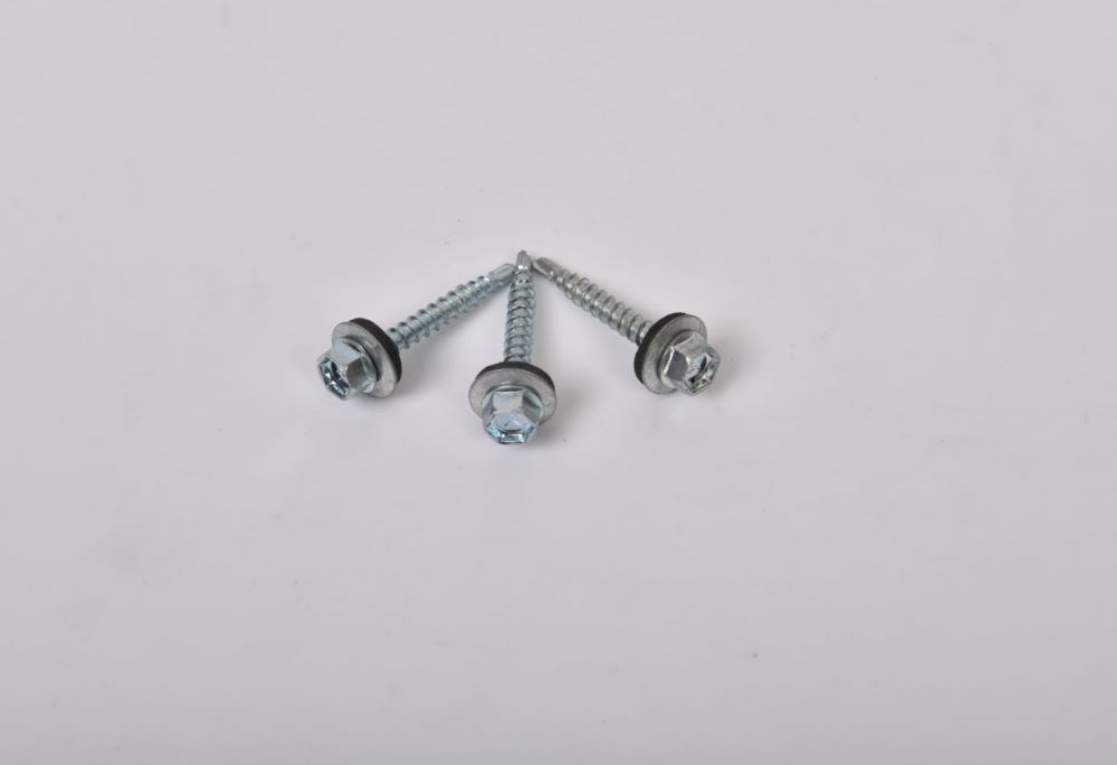Exploring Manufacturers of Self-Drilling Lag Screws and Their Innovations
The World of Self-Drilling Lag Screw Factories
In the landscape of modern construction and engineering, self-drilling lag screws have emerged as essential components, facilitating secure fastening solutions in various applications. These specialized screws, designed to drill their own pilot holes, significantly enhance the efficiency and reliability of installations, making them indispensable in both residential and commercial projects. Behind every high-quality self-drilling lag screw lies a sophisticated manufacturing process carried out by adept factories around the globe.
Understanding Self-Drilling Lag Screws
Self-drilling lag screws, also known as self-tapping lag screws, are heavy-duty fasteners that combine the functionality of traditional lag screws and the efficiency of self-drilling capabilities. By incorporating a drill point into their design, these screws can penetrate dense materials such as wood and metal without the need for pre-drilling, streamlining the construction process. Their design typically features a hexagonal head, which allows for efficient torque application using standard tools.
These screws are widely used in various applications, including structural frameworks, outdoor constructions such as decks and fences, and in the assembly of heavy machinery components. Due to their robust nature and the ability to provide excellent tensile strength, they are favored in environments that cycle through varying temperatures and weather conditions.
The Manufacturing Process
The production of self-drilling lag screws begins with high-quality raw materials, usually carbon steel or stainless steel, chosen for their strength and corrosion resistance. Factories specializing in self-drilling lag screws employ advanced techniques and machinery to ensure precision and durability in their products.
The manufacturing process typically involves several critical steps
1. Raw Material Preparation The steel is cut into specified lengths and cleaned to remove any impurities that could affect the quality of the screws.
2. Cold Heading This process shapes the screw head without the use of heat, enhancing strength while also preserving the integrity of the metal.
self drilling lag screw factories

4. Drill Point Formation The most crucial aspect of self-drilling screws, where a drill point is formed at the tip, enabling it to penetrate materials efficiently.
5. Heat Treatment To improve the hardness and wear resistance of the screws, heat treatment is often applied. This process alters the microstructure of the metal, allowing it to withstand heavy loads.
6. Surface Treatment To further increase corrosion resistance, screws undergo surface treatment processes such as galvanizing, which coats them in zinc. This step is crucial for applications in harsh environments.
7. Quality Control Rigorous quality checks are conducted at various stages of production to ensure that the screws meet established standards. Factors such as tensile strength, corrosion resistance, and dimensional accuracy are evaluated.
8. Packaging and Distribution Once manufactured, screws are packaged for distribution. Factories often offer customized packaging solutions to meet specific client requirements, whether in bulk or individual packaging.
The Market and Future Trends
The demand for self-drilling lag screws continues to grow, driven primarily by the booming construction and manufacturing sectors. With advancements in technology, the production methods are continually evolving, focusing on enhancing efficiency and sustainability. Factories are exploring the use of eco-friendly materials and practices to meet the increasing consumer demand for sustainable products.
As the construction industry becomes more health-conscious about safety and performance standards, self-drilling lag screws are likely to see innovations that enhance their capability, such as improved coatings for better corrosion resistance or new manufacturing techniques that reduce waste.
Conclusion
Self-drilling lag screw factories play a pivotal role in supporting the construction and manufacturing industries. By focusing on quality, efficiency, and responsiveness to market demands, these factories not only contribute to the creation of sturdy and reliable fasteners but also help drive innovation within the sector. As the industry evolves, the importance of high-quality manufacturing processes will remain at the forefront, ensuring that self-drilling lag screws continue to meet and exceed the expectations of modern construction practices.
-
Top Choices for Plasterboard FixingNewsDec.26,2024
-
The Versatility of Specialty WashersNewsDec.26,2024
-
Secure Your ProjectsNewsDec.26,2024
-
Essential Screws for Chipboard Flooring ProjectsNewsDec.26,2024
-
Choosing the Right Drywall ScrewsNewsDec.26,2024
-
Black Phosphate Screws for Superior PerformanceNewsDec.26,2024
-
The Versatile Choice of Nylon Flat Washers for Your NeedsNewsDec.18,2024










